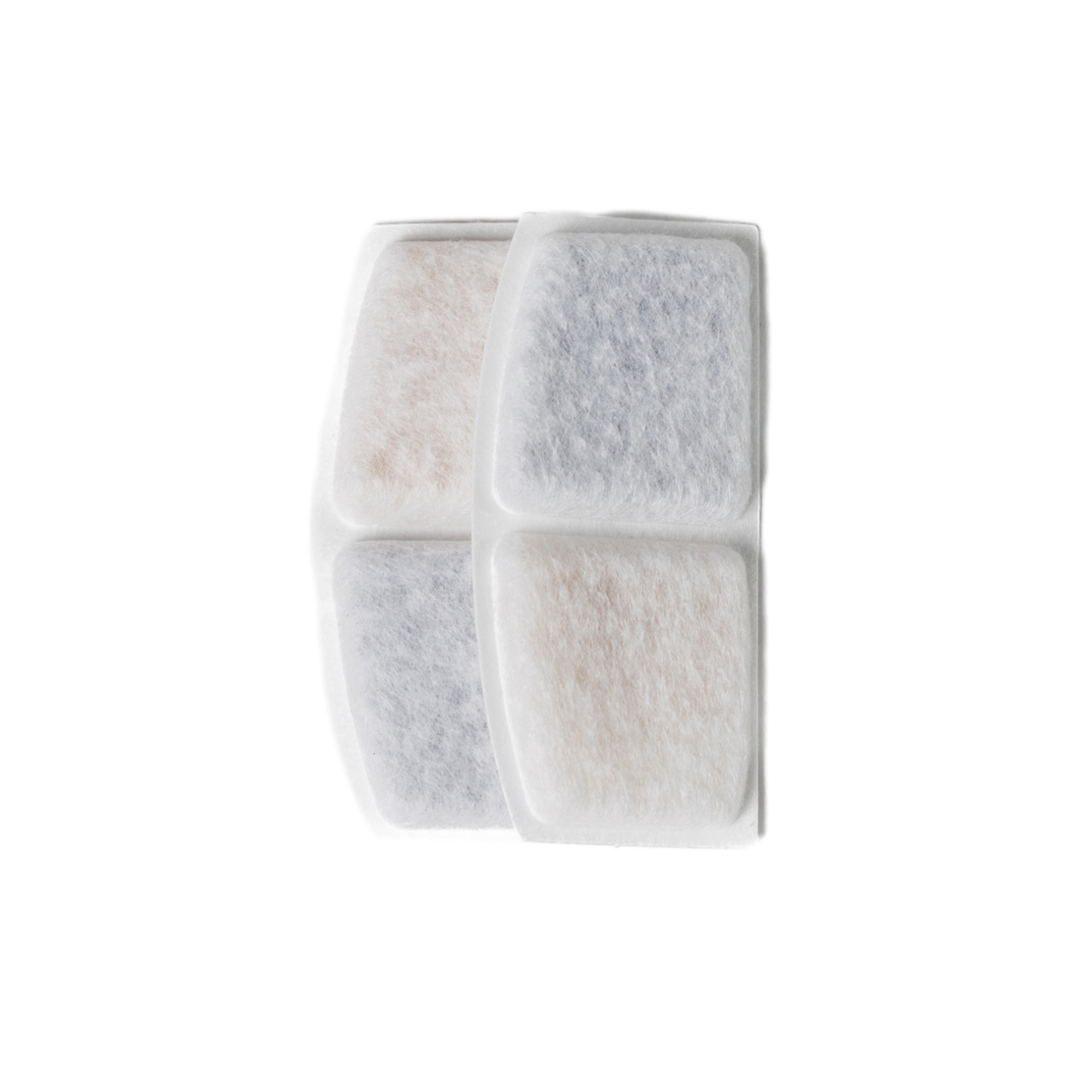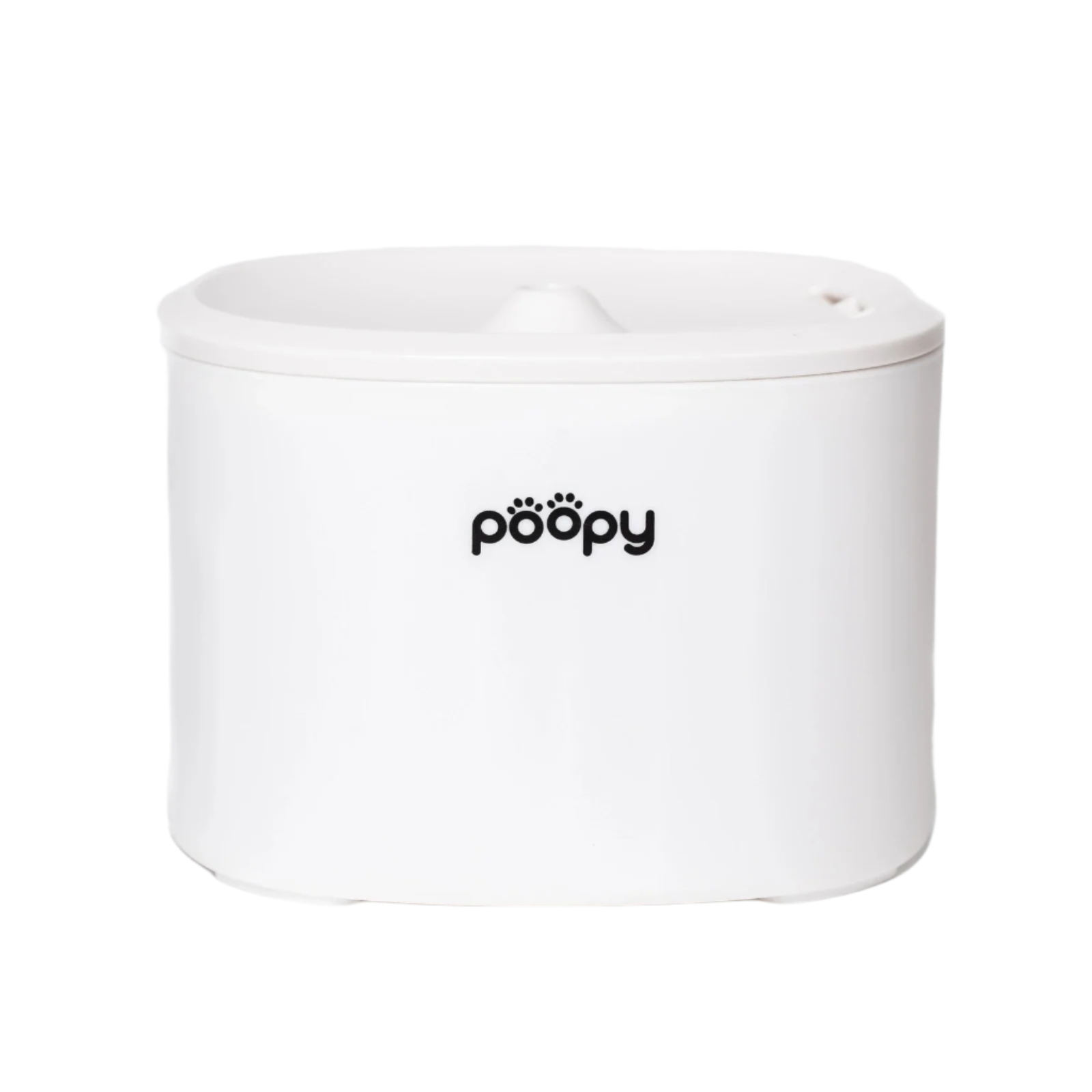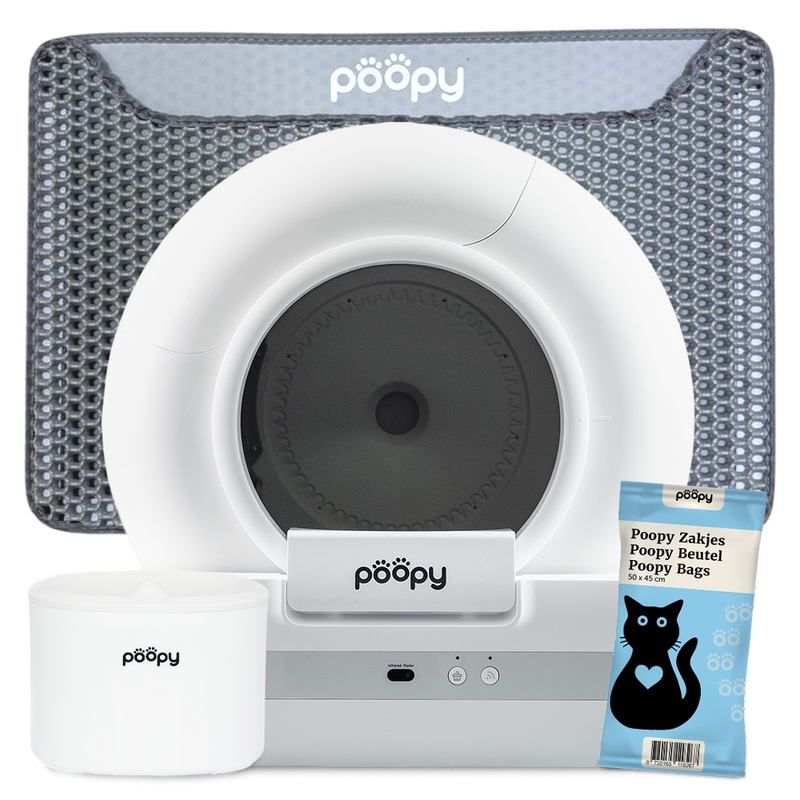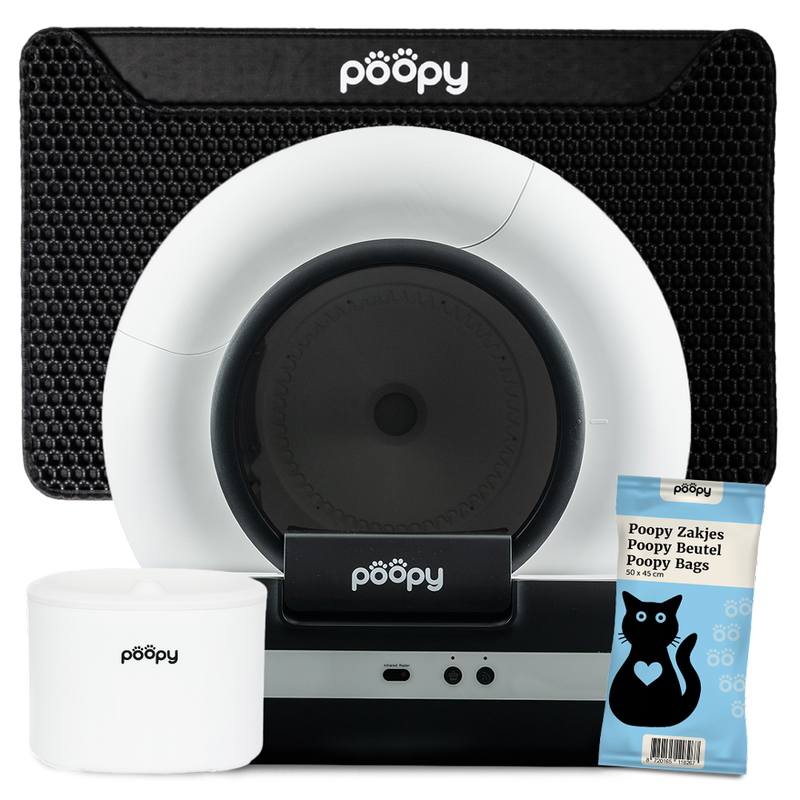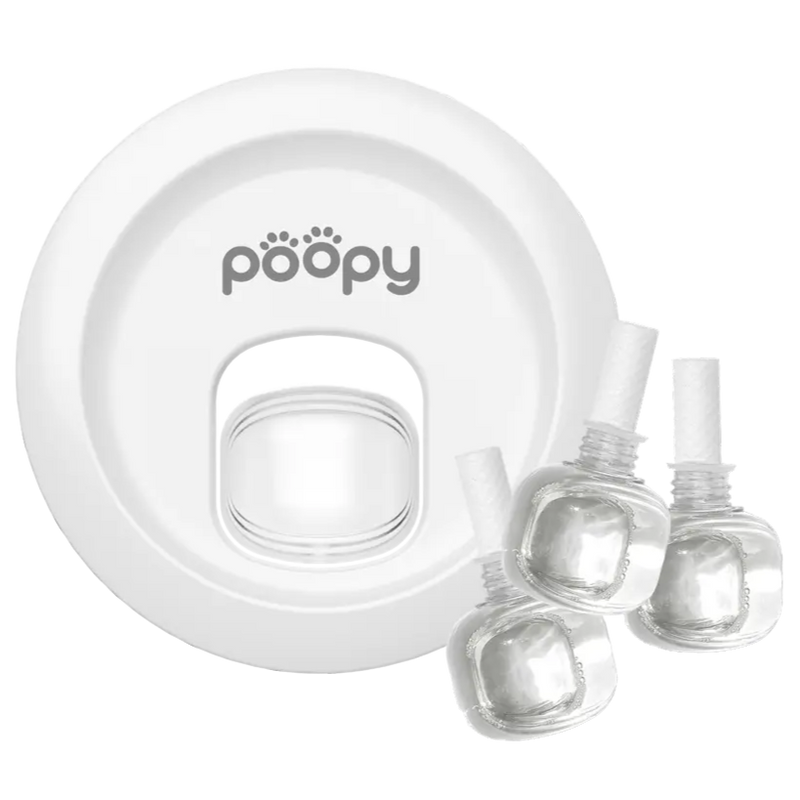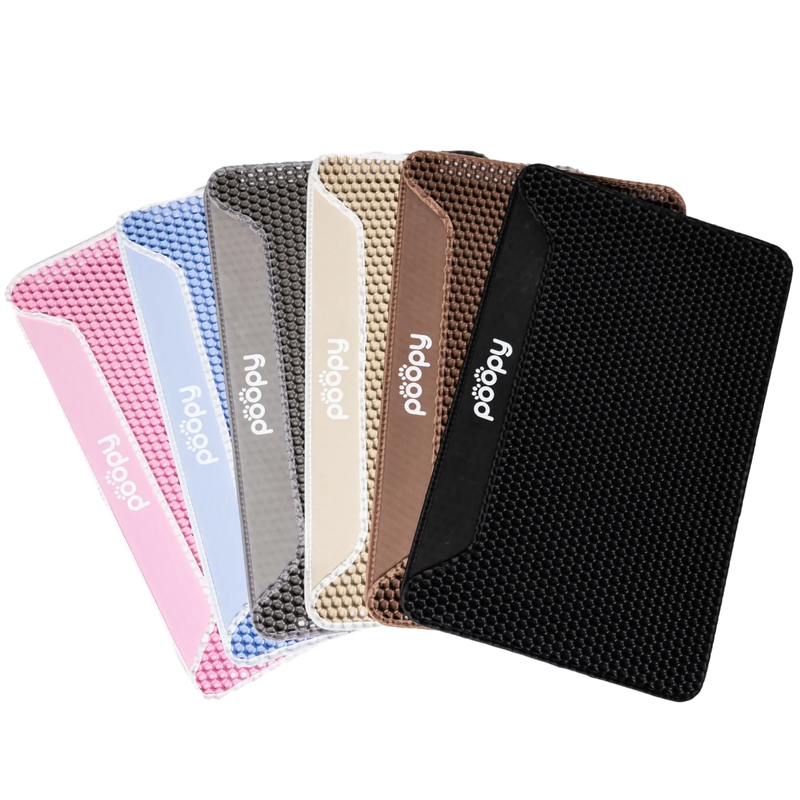Bengal cat
Is the Bengal cat actually suitable as a house cat? It's a question you hear often, especially now that this striking breed is becoming increasingly popular in the Netherlands. What many people don't know: the Bengal is no ordinary cat. It originated in the 1950s in the United States, from a bold cross between a domestic cat and the wild Asian Bengal tiger cat - a small leopard-like animal. The result? A rare hybrid cat with an energetic character, athletic body and fur similar to that of a miniature cheetah.
But those wild roots also have legal ramifications. As of July 1, 2024 In the Netherlands all F1 through F4 Bengals (the first four generations after crossing with a wild cat) are officially banned. These fall under the list of banned cat breeds. Only F5 Bengals and beyond are considered fully domesticated house cats considered and are still allowed as pets. Similar rules apply in Belgium.
| Feature | Description |
|---|---|
| Provenance | United States |
| Origin | Cross between domestic cat and Asian leopard cat |
| Temperament | Curious, playful, independent, active |
| Acknowledgment | TICA standard since 1983 |
| Special | Loves water - unique coat with leopard print |
Still curious about this unique Bengal, despite its wild origins? In the next paragraph you will read where to find a healthy, legal Bengal cat and what to look out for.
Buying a Bengal? This you really need to know
Anyone considering buying a Bengal cat, should prepare well. These cats are beautiful, rare and popular - but also feisty and pricey. You buy a Bengal kitten usually through a licensed Bengal cattery. Make sure that it is an F5 or later generation: only those are legal and as a house cat. A good breeder always supplies a pedigree, vaccination booklet and contract.
The price of a Bengal cat averages between €1,000 and €1,800, depending on color, pattern and pedigree. A white Bengal or snow Bengal is often more expensive because of its unique coat pattern. Also consider additional costs: food, toys, insurance and - if you really don't feel like scooping every day - a self-cleaning litter box like the Poopy Nano 2 that saves you a lot of time and keeps the house fresh. Especially handy with active breeds like the Bengal, who use their litter box more often. Want to know more?
Pay close attention when buying a kitten. Young Bengals are often still extra busy and unpredictable. They grow into muscular, big cats with a leopard-like appearance. So make sure your home is set up accordingly: climbing opportunities, sturdy furniture and, above all, plenty of challenge are a must. Do you think: "Yes, I want a kitten for sale that is truly unique?" Then the Bengal might be your perfect match - at least if you know what you're getting into.

Why the Bengal is a special pet
The Bengal cat is anything but average. The first thing that stands out, of course, is its appearance: a muscular big cat with a wild appearance. Not for nothing are they often called leopard cats called leopard cats. The Bengal owes that nickname to its unique coat pattern - from rosettes and marbles to solid patches - that closely resembles that of their ancestor, the Asian Bengal tiger cat.
Within the breed, there are different colors and patterns. For example, you have the classic golden brown Bengal, as well as the rarer white Bengal or snow Bengal, in which the coat is lighter and the patterns are more subtly visible. The rosettes are often defined in two colors: dark on the outside, warm and golden on the inside. Combine that with their athletic build and they are guaranteed to stand out.
And then the character. A Bengal cat is anything but a lap cat. They are extremely curious, love to climb, play and ... water. Yes, really - most Bengals love drips, fountains and even the faucet. This makes it helpful to keep water supplies securely fastened and cleaned up in a timely manner. They are intelligent and social, but that also makes them intense: a Bengal gets bored quickly. If you don't give them a challenge, they may exhibit demolition or unwanted dominant behavior.
Are Bengals aggressive? Not necessarily - but they do have a strong will of their own. They are often fine with children if they get used to them quietly, but can react fiercely to unexpected stimuli or awkward approaches. Their upbringing and socialization play a big role in this. Therefore, they are not suitable for everyone. But those who understand them get an energetic and loyal housemate in return.
Health and care of the Bengal cat
Unfortunately, although the Bengal cat looks strong and wild, that does not mean it is impervious to health problems. On the contrary: precisely because it is a hybrid breed, a number of hereditary disorders are relatively common in Bengals. These include hypertrophic cardiomyopathy (HCM), a heart disease that is difficult to detect without specialist examination. Muscle disorders such as congenital myopathy can occur at an early age - sometimes with serious consequences.
In addition, the Bengal is known to be predisposed to feline atopy, a form of allergy that can cause skin problems, and for Malassezia dermatitis, a yeast infection of the skin. This means that good control of the coat and skin is essential. So regular visits to the vet and a reliable cattery that tests for hereditary diseases are not a luxury, but a necessity.
Qua care the Bengal is relatively simple. The short, dense coat barely sheds and does not require extensive brushing. However, it is important to check the coat weekly for irritations, tangles or parasites, especially if your cat goes outside. Because of their love of water, it is also possible - with some habituation - to wash a Bengal occasionally, which can help with skin problems.

Adopting a Bengal cat: smart idea or risk?
You might not expect it, but a Bengal cat sometimes ends up in the shelter or offered for adoption through specialized shelters. That sounds appealing - a special breed without the price tag of a kitten - but be careful. An adult Bengal has often already developed a strong character, including possible behavioral problems such as aggression or territorial behavior, especially if he has not been properly socialized.
So when adopting, it is crucial to ask carefully why the cat is being rehomed, and whether it is used to other pets or children. If you have no experience with active or independent cats, then an adult Bengal is not the easiest choice.
Still, there are pluses. Bengals are extremely intelligent, quick to train with clicker training and learn routines remarkably quickly. Many owners find that their Bengal, for example, opens doors, initiates its own games or uses the litter box exactly as it should. Provided you have enough time, space and patience, even an adopted Bengal can grow into an affectionate and loyal pet.
In short: with the right preparation and expectations, a Bengal can enrich your life even as an adoptable cat. Still, I will state it again: it is not a cat for everyone!
Want to read more?






